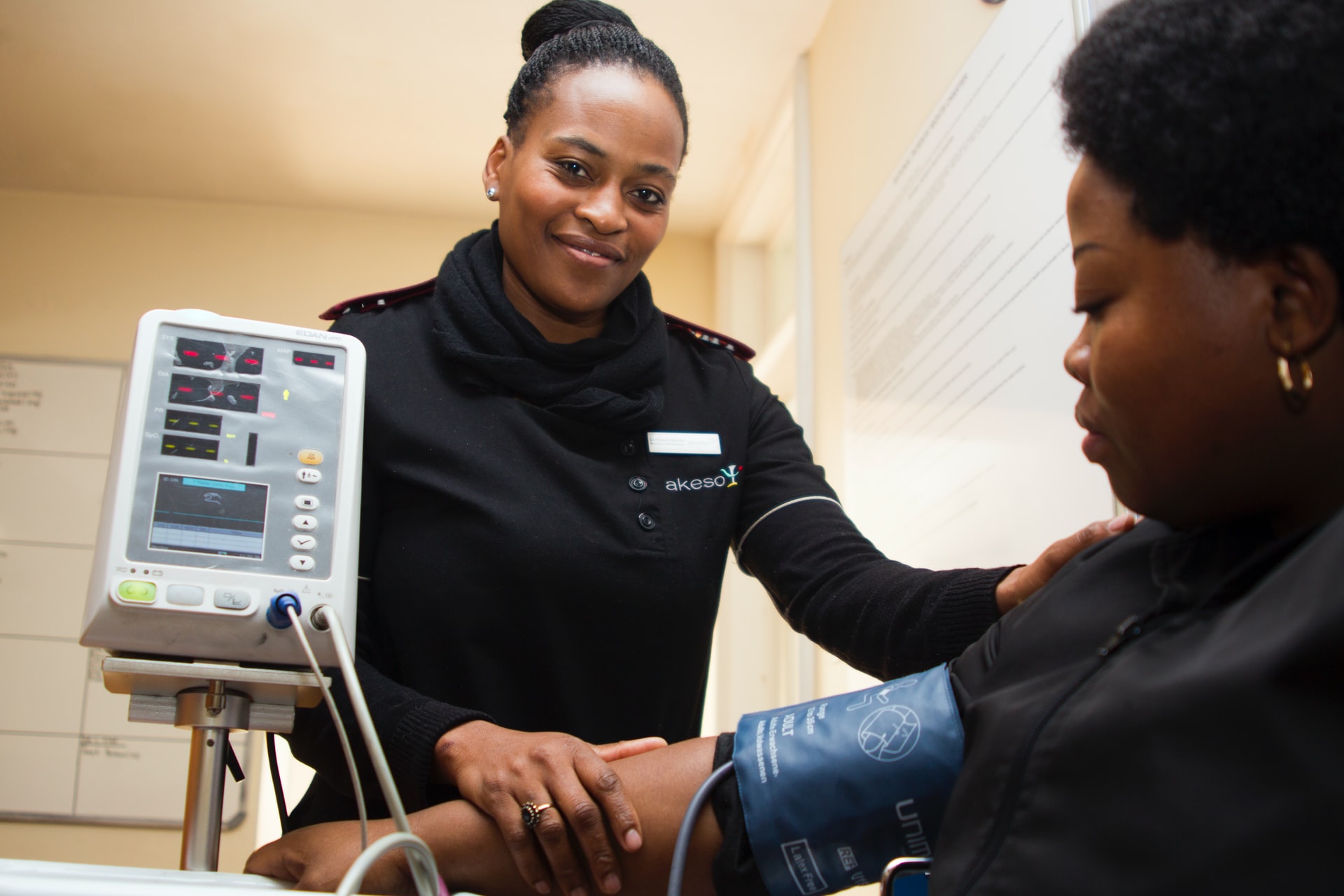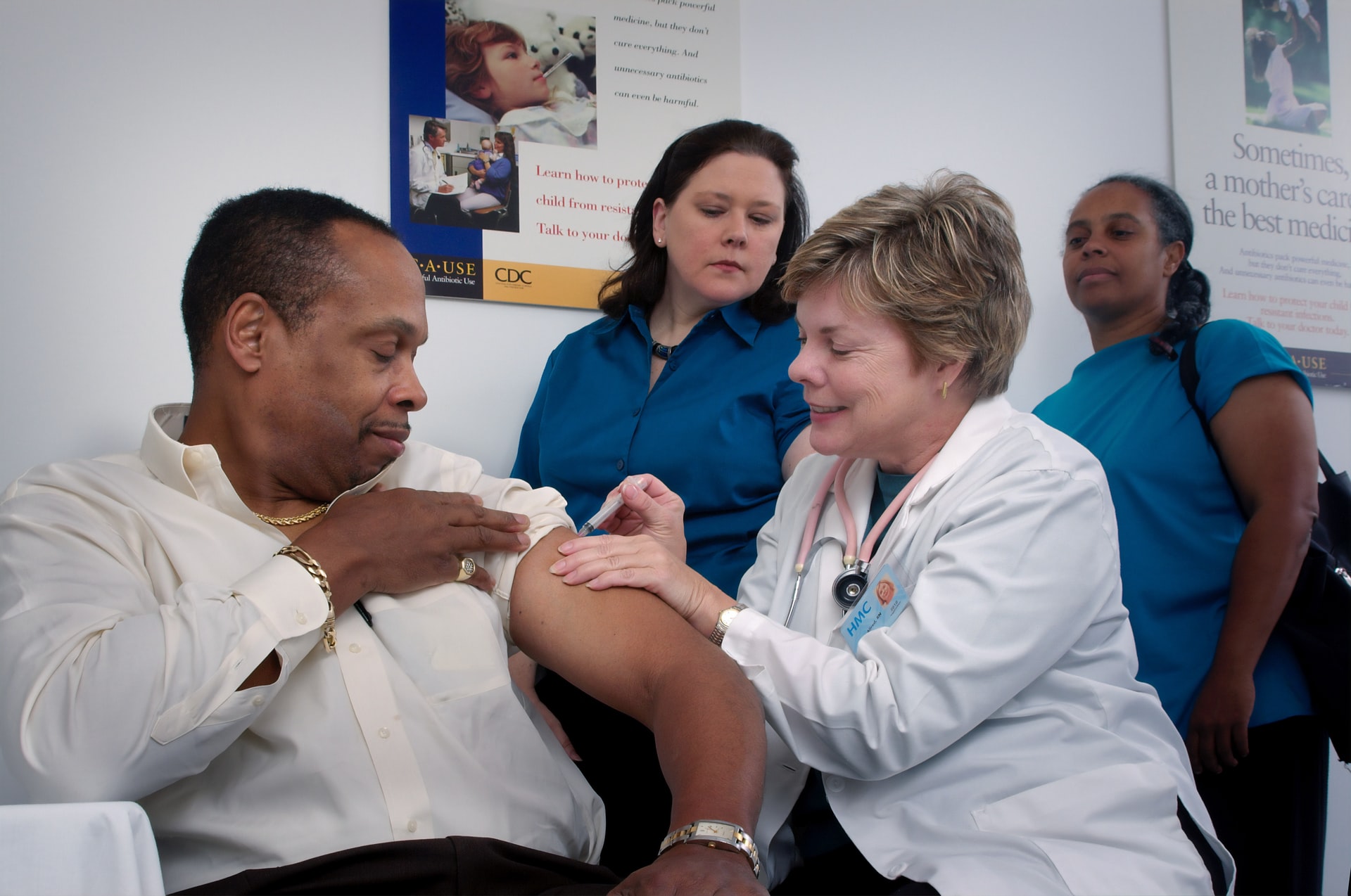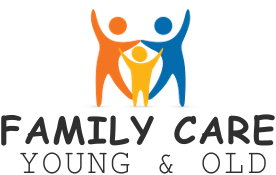Psychology departments across the board are paying attention to the broad topic of family health medical care, which encompasses a wide range of issues and approaches. Clinical and family psychology, gender-specific research, and health psychology are just a few examples of areas where this is very evident.
Program For Low-Income Families With Health Insurance:
Health Insurance Assistance for Low-Income Families was started in 1997 and is funded by the federal government. After the federal waivers required for Oregon’s employment mandate were granted, the state of Oregon enacted its employment mandate.

FHIAP provided its members with a wide range of health insurance plan options from several different insurance companies located throughout the state. To help Oregonians who did not qualify for Medicaid and had incomes below 170 percent of the federal poverty threshold, FHIAP offered financial assistance with the cost of health insurance premiums.
For a sliding scale of 50% to 95% of the cost of insurance, the FHIAP provides monthly premium subsidies to working-age adults. In Oregon, FHIAP partnered with five major domestic private market carriers to sell insurance policies.
Regardless of how much money their parents earned, all children under 19 were eligible for total government aid. Subsidies to adult members fell as their earnings rose.
FHIAP provided its members with a wide range of health insurance plan options from various carriers around the state. To help Oregonians who did not qualify for Medicaid and had incomes below 170 percent of the federal poverty threshold, FHIAP offered financial assistance with the cost of health insurance premiums.
The number of people who could enroll in the FHIAP was limited from the beginning due to the limited amount of money that was made available to do so.
Health History Of The Family:
For a long time, a thorough investigation of one’s family medical history was considered one of the most valuable resources for determining one’s risk of sickness.
The phenotypic traits of germline genetic mutations are transmitted down across generations, much like the mutations themselves. Collecting and analyzing family health history can provide an accurate picture of a patient’s genetic risk for certain diseases.
Genetic interactions with social and environmental factors that affect the phenotypes of family members. The family health history, in contrast to genomic data, can be collected. Pedigree diagramming software has recently become available for purchase.
Furthermore, family health histories have typically been compiled on paper, making them useless for CDS that use automated collection methods. It is possible to have the patient fill out an electronic form with their family history information to get a comprehensive family history into everyone’s hands.

Due to the high quantity of data entry required and the limited time available, these software systems are rarely used in primary care. The Importance of Family Health History in HRAs. Unassuming and sometimes disregarded, family health history is an integral part of HRAs.
Family Health:
Family health history is the best predictor of illness risk for many conditions, and it’s the only one for others like hereditary cancer syndromes. Many chronic obstructive pulmonary disease risk assessments, for example, inquire about environmental exposures. A further example is renal cell carcinoma, a tumor that develops in the kidney cells.
People with alpha-1-antitrypsin deficiency have a hereditary condition that runs in their families. Do not ask about family history. Tobacco, alcohol, and exercise are included in nearly all risk assessments, and family members with renal cell carcinoma are sometimes included as well.
Family health history is highly predictive, but it also forms the basis for a variety of scientifically supported recommendations. Even though renal cell carcinoma is one of several cancers that can emerge from two hereditary cancer syndromes. Doctors rarely inquire about a family history of the disease. For example, the National Comprehensive Cancer Network advises BRCA testing for women. Women have been diagnosed with breast or ovarian cancer.
If a first-degree relative, 45 years old or younger, was diagnosed with breast cancer, the individual is at risk. Another example would be the screening for abdominal aortic aneurysms, which is performed every year. Screening should be completed as soon as feasible for those over 50 who have a parent or sibling suffering from the illness.
The Following Are The Requirements For Family History:
There are various ways to gather information about a family’s health history and do an initial risk assessment. This would aid with the interoperability and reusability of family history data and the methods used to interpret them. There were no standards for uniformly collecting data up until a few years ago.
It is necessary to establish a uniform process for collecting and storing this information. As a result, the definition and wide dissemination are crucial in developing a scalable CDS approach for family health history.

Using Ancestry To Assess Risk:
Preliminary risk assessment is frequently based on a person’s family medical history. Generally speaking, the more affected family members are, the closer their relationships are. Based on the constellation of affected family members, each disease will have a different risk profile.
The interpretation of a family health history is not an easy undertaking, as with most genetic information. There is also evidence to suggest a specific genetic abnormality. Particularly those found in cancer can lead to phenotypic variability within families. However, the severity of the risk varies substantially depending on the specific ailment being discussed.
For instance, a 46-year-old Jewish woman with breast cancer has a family history of melanoma and pancreatic cancer. Many risk modeling and guideline services might benefit from having a single software interface for all risk factors, such as family history.
Genetic Disorders:
Genetic disorders can have subtle nuances that clinicians must be aware of to catch the hints in the family history that point to a specific genetic contribution. A similar structure is used for patient-specific assessments and recommendations. With CDS software for primary care practitioners, it is possible to identify patients who require testing or specialist consultation.
As soon as the patient arrives at the expert’s office, the genetics professional. Specialists can gather information about the patient’s family history. Develop the algorithms required to analyze the family tree in light of these recommendations. Convert it into a machine-readable format.
The patient can be asked to complete an electronic form with their family history information, which will allow everyone to have access to thorough family history at the same time. As a result, the models will be more accurate, giving patients a better chance of receiving the appropriate testing and a correct diagnosis.
A pregnant woman’s ethnicity and family history are factored into HRA’s prenatal module. Help determine which prenatal genetic tests are necessary. Ashkenazi Jews, for example, are routinely screened for Tay-Sachs disease. Fragile X testing is recommended for women with male relatives who have shown signs of mental impairment.

Leave a Reply